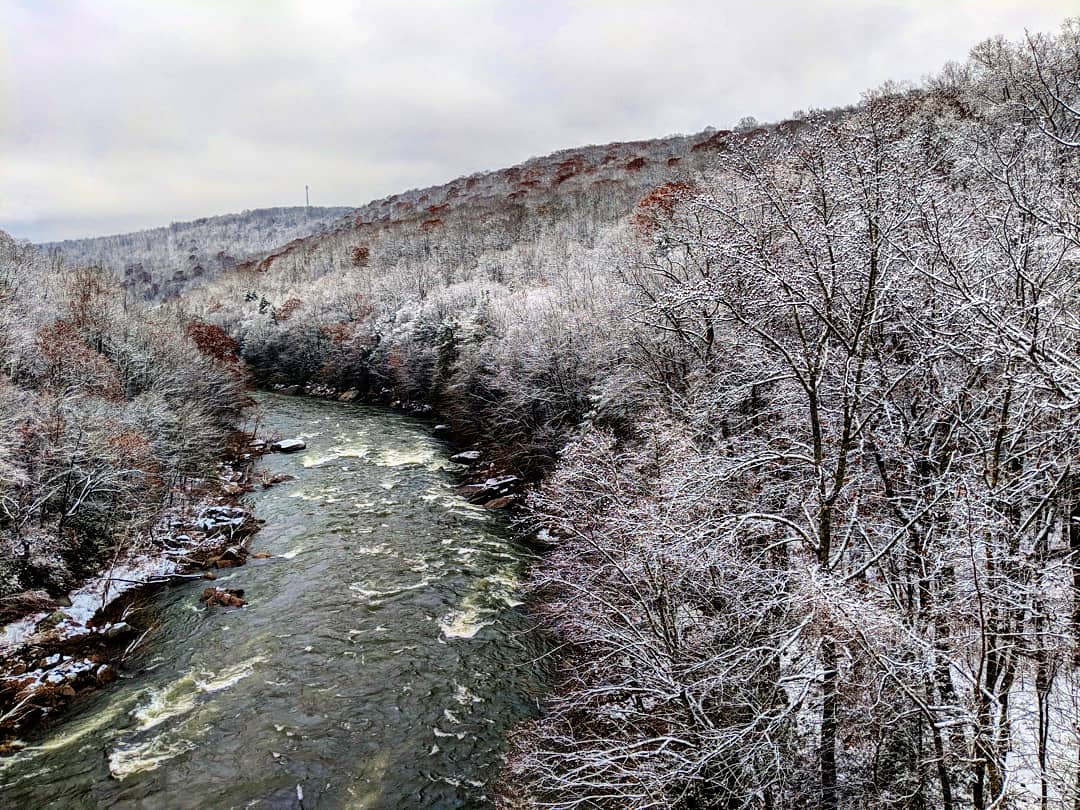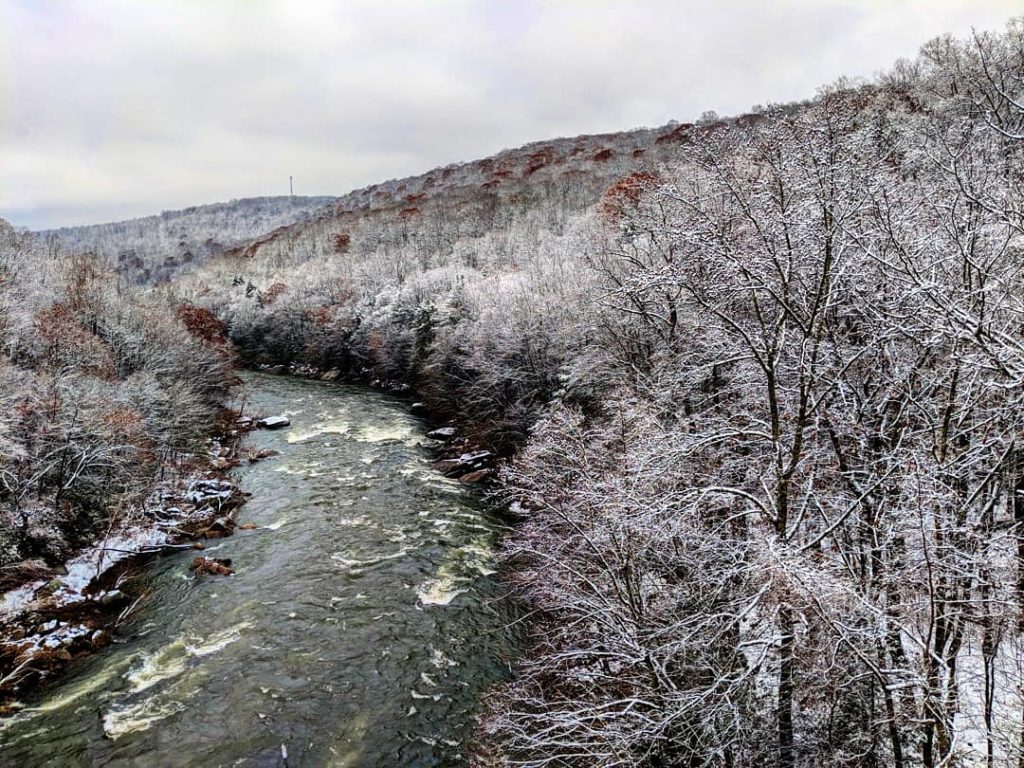
Layering for Winter Activities
It’s easy to get outside when it’s warm and sunny, but winter is fantastic too. Trails are quiet, and there aren’t any leaves blocking those mountain views (here in the east, that is) and the cold air is actually quite refreshing. Plus you’ll likely never forget the time you braved the bitter elements, navigated snow and ice and had a great time outdoors instead of sitting at home in front of the TV.
Feeling a little overwhelmed by the idea of getting out there in the cold? Here’s a guide to layering in the winter for any activity — hiking, snowshoeing, running, mountain biking, snowman-making and more.
Dressing in Layers
The first rule of going outside in the winter is to dress in layers. Use fabrics with good moisture-transfer capability so that sweat can dissipate to the outside and leave your skin relatively dry. Avoid cotton, which has poor wicking capacity.
Because it’s cold out and you’ll be outside, you assume you need a ton of clothes. Wrong! Your body produces plenty of heat and sweat when riding, so you can get hot and sweaty. If you stop for a while to take a break or some photos, you’ll end up wet and shivering.
Wear just enough clothes to be slightly cold when you start. The first few minutes of your activity may be chilly, but your body produces a vast amount of heat when it’s working. You’ll warm up quickly! If you start to sweat, just shed a layer.
Base Layer
A base layer should be a thin, breathable material that keeps you dry. Merino wool is one of our favorites because it doesn’t get stinky after lots of wears. But any synthetic wicking fiber (such as polyester or nylon/spandex) works well. Other fabrics, such as bamboo, hemp or soy blends, are both wicking and eco-friendly.
If you’re in the chilly, wet east, try wearing:
A medium-weight polyester bottom
A short or long-sleeve wool shirt
A light fleece pullover on top
Outerwear
For cold, dry conditions, a soft-shell jacket makes the best outer layer. A soft shell keeps you warm and dry while allowing a little wind to penetrate—this helps to counter the heat your body produces. In milder conditions, you can get away with just a puffy vest as an outer layer. If it’s really cold, try a down or synthetic jacket on top.
For cool, wet conditions, you’ll want a good, sturdy waterproof shell jacket. Look for ample breathability and a longer cut so your legs are protected. Generous vents in the front and along the chest work best, but underarm zips work well, too. If it’s really coming down, wear rain or wind pants to keep your legs warm and dry.
Head Coverage
Your head (along with your hands an feet) is prone to getting cold and losing large amounts of body heat. It’s also really hard to warm up your head and ears once they’re chilly. A wool cap will be fine for most days. If it’s colder, try a heavy knitted beanie or a hat with a good lining. For your neck, try a lightweight neck warmer (a Buff or similar gaiter). These are great because they keep heat from escaping out the opening of a shirt or jacket.
Hands & Feet
For milder weather with rain, wear waterproof gloves. They’ll save your fingers from the dampness and the wind as well. If you tend to get cold hands, mittens are fantastic finger insulators. They keep all your fingers cuddled together so they don’t lose any warmth. If you prefer to have finger dexterity, go traditional with full-finger insulated gloves.
The key to warm feet is extra wiggle room and insulation. Try getting waterproof boots or shoes a half-size bigger so you can wear thick socks without your toes cramping.
Again, avoid cotton. Cotton socks just can’t keep you warm when it gets wet, and you will get wet when riding in cold months (think road slush, rain, freezing rain or just the sweat produced from riding). Wool hiking socks are incredible for keeping your toes cozy.
If the weather’s down in the single digits, you can always use chemical hand-warmers inside your shoes or gloves.
Final thoughts & tips
In general, look for light, wicking apparel that can adjust to a varying temperature range. That means lots of zippers, which allow you to open and close ventilation as the mercury and your internal temperature rise and fall. If you’re out in very changeable weather, it might be a good idea to carry a small pack with you. That way, you can carry water, snacks and extra layers as you take them off and on.
Whatever you wear – getting outside is (almost) always a better choice than staying in! Happy trails!
Check out our selection of gear on our online store!


